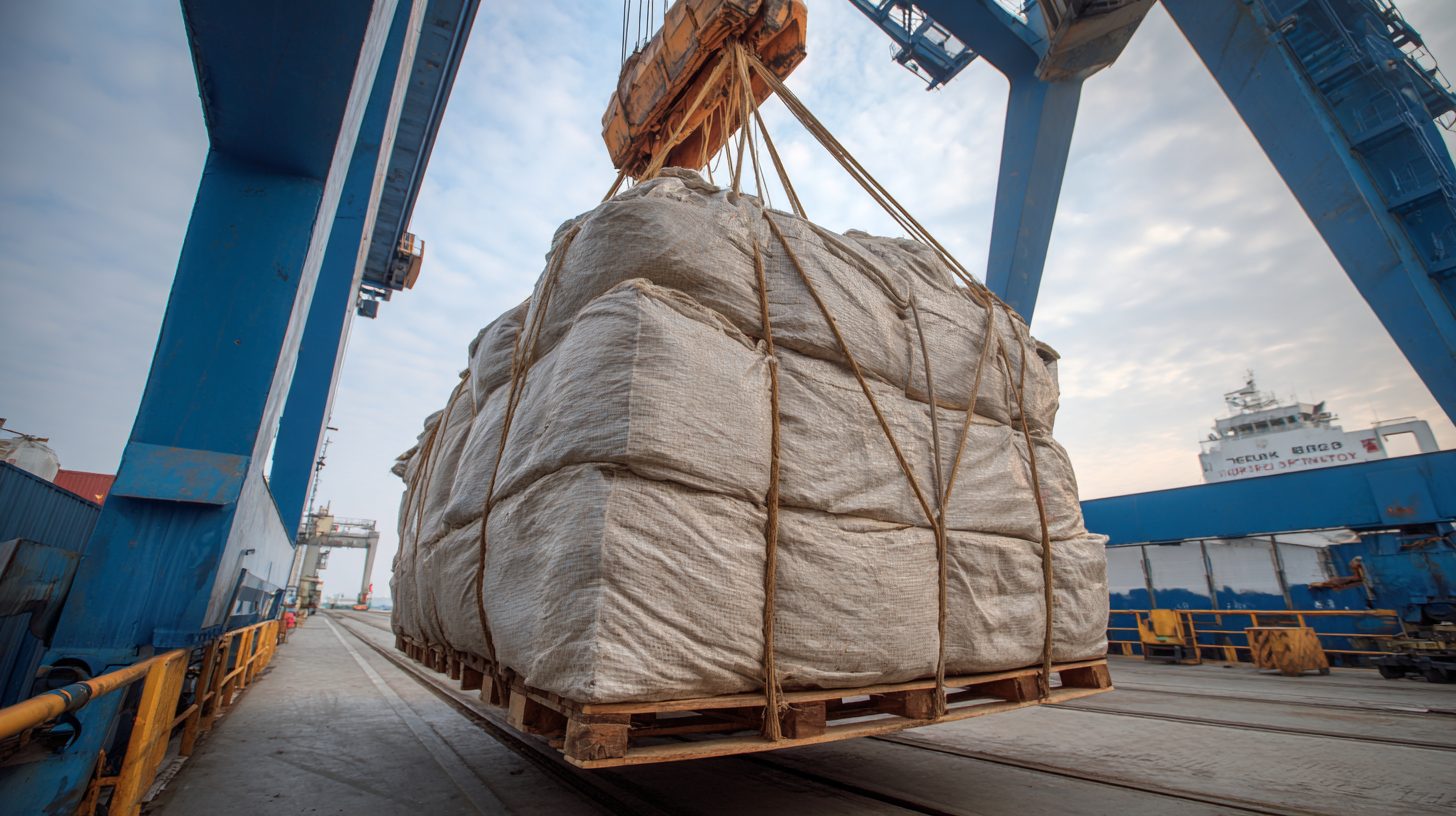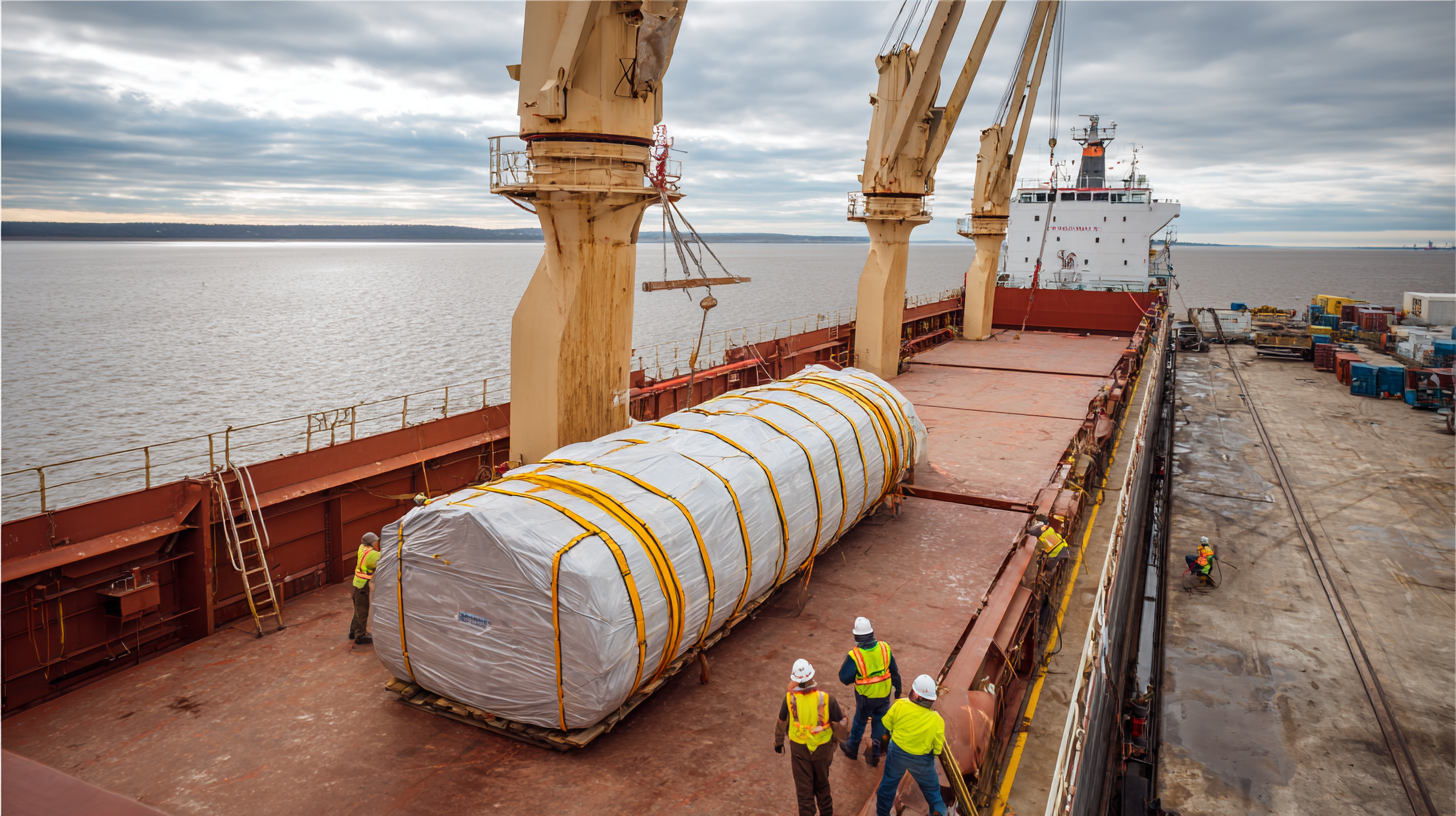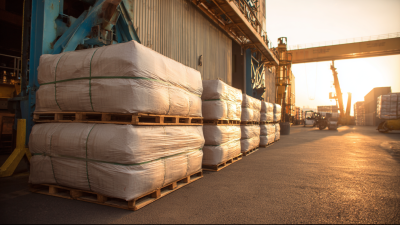
In the bustling world of logistics and transportation, ensuring the integrity of goods during shipping is paramount. Studies reveal that up to 70% of shipping damage results from improper packaging and inadequate void-filling solutions. Enter the Dunnage bag, a simple yet revolutionary tool designed specifically to combat this issue. According to industry reports, utilizing Dunnage bags can reduce shipping damage by an astounding 90%, making them an essential component of modern shipping practices. These inflatable bags effectively fill void spaces in shipping containers, preventing cargo from shifting and sustaining damage during transit. Furthermore, with an increasing emphasis on sustainability, Dunnage bags also offer an eco-friendly alternative to traditional packing materials, aligning with the growing demands for greener logistics solutions. By understanding how to properly implement Dunnage bags, shippers can not only protect their investments but also enhance their overall operational efficiency.

 Dunnage bags are innovative inflatable barriers used in the shipping industry to secure cargo and prevent damage during transport. Made from durable materials, these bags effectively fill voids within shipping containers, trucks, or rail cars, ensuring that items remain stable and well-protected against shifting and impact. Their primary purpose is to absorb vibrations and shocks that can occur during transit, which significantly minimizes the risk of goods being damaged or displaced.
Dunnage bags are innovative inflatable barriers used in the shipping industry to secure cargo and prevent damage during transport. Made from durable materials, these bags effectively fill voids within shipping containers, trucks, or rail cars, ensuring that items remain stable and well-protected against shifting and impact. Their primary purpose is to absorb vibrations and shocks that can occur during transit, which significantly minimizes the risk of goods being damaged or displaced.
The efficiency of dunnage bags in preventing shipping damage stems from their ability to adapt and conform to the shape of the cargo they are protecting. When properly inflated and positioned, these bags create a supportive structure that keeps items in place, reducing the likelihood of scuffing, scratches, or breakage. Studies have shown that utilizing dunnage bags can reduce shipping damage by as much as 90 percent, making them an essential component for businesses looking to safeguard their products and maintain customer satisfaction. By understanding the function and advantages of dunnage bags, companies can enhance their shipping processes and ensure that goods arrive in excellent condition.
Dunnage bags, an essential tool in the shipping industry, play a crucial role in safeguarding freight during transportation. By creating an inflatable barrier, these bags effectively hold cargo in place, significantly reducing the risk of damage. According to studies, nearly 90% of shipping damage can be mitigated through proper dunnage bag usage. This statistic is a game-changer for shippers who face costly losses due to product movement during transit.
One of the key benefits of using dunnage bags is their versatility across various shipping scenarios. They can be tailored to fit different cargo shapes and sizes, providing a customized solution to prevent shifting. Industry reports indicate that businesses utilizing dunnage bags have recorded a 40% increase in shipping efficiency, which translates to higher customer satisfaction and lower return rates. Moreover, these bags are lightweight and cost-effective, making them an attractive option for companies aiming to reduce overall shipping costs while enhancing safety.
| Benefit | Description | Impact on Shipping |
|---|---|---|
| Cost Efficiency | Dunnage bags are lightweight and reduce freight costs due to less weight. | Lower shipping fees can reduce overall logistics costs. |
| Damage Reduction | They provide cushioning and void-fill to prevent cargo movement during transit. | Reduces product damage by up to 90%. |
| Versatility | Can be used with various cargo types, including pallets, containers, and bulk shipments. | Flexible applications across different shipping needs. |
| Easy to Use | Quickly inflatable and deflatable, saving time in packaging. | Speeds up loading and unloading processes. |
| Environmentally Friendly | Made from recyclable materials, reducing waste in shipping processes. | Contributes to sustainable shipping practices. |
Dunnage bags are a vital tool in the shipping industry, specifically designed to secure cargo during transit. By filling void spaces in shipping containers, these inflatable bags create a stable environment that minimizes movement. As a result, they provide essential support to ensure that goods arrive at their destination intact. Studies have shown that using dunnage bags can reduce shipping damage by as much as 90 percent, a significant improvement that underscores their importance in logistics.
The effectiveness of dunnage bags lies in their ability to absorb shocks and prevent the shifting of cargo. When properly inflated and positioned, they act as protective barriers that cushion products against impacts and vibrations associated with transportation. This feature is particularly beneficial for fragile items or irregularly shaped loads that are more susceptible to damage during transit. Consequently, businesses can save on costs related to product loss and returns, making dunnage bags a smart investment for any shipping operation.
Dunnage bags are essential tools in the shipping industry, known for their ability to provide effective stabilization and protection for freight during transit. To maximize their efficiency, it’s crucial to use them properly. According to a report by the National Association of Manufacturers, shipping damage can cost businesses up to 30% of their total logistics costs, but effective use of dunnage bags can reduce this figure by up to 90%. This significant reduction underscores the importance of implementing best practices in the packing process.

When employing dunnage bags, ensure that they are properly inflated to create an optimal buffer between items. Utilize multiple bags to divide larger loads and fill voids, preventing movement and ensuring stability. Furthermore, selecting the right size and strength of dunnage bags to match the cargo weight and distribution is vital; industry standards suggest using bags that can withstand at least 5 psi of pressure for most applications. Regular training and proper utilization of these bags can significantly enhance cargo safety and minimize loss, thus leading to more efficient shipping operations.
Dunnage bags are an innovative packaging solution designed to enhance the protection of goods during shipping. As opposed to traditional packaging methods, such as bubble wrap or foam inserts, dunnage bags use air-filled chambers to create a cushion around products, significantly reducing the risk of damage. This unique design allows them to conform to the shape of the cargo, providing stability and support, which is essential in preventing movement during transit. With their ability to reduce shipping damage by up to 90 percent, dunnage bags have become a favored choice among manufacturers and shippers.
When compared to other packaging options, dunnage bags stand out for their efficiency and cost-effectiveness. Unlike static packaging solutions that can require considerable material and space, dunnage bags are lightweight and can be easily inflated on-site, making them a practical choice for companies looking to minimize their shipping costs. The dunnage bag market is witnessing significant growth, paralleling the trends in global packaging markets, which are projected to reach substantial values in the coming years. This reflects a broader shift towards sustainable and efficient packaging solutions, highlighting the importance of innovation in addressing shipping challenges across various industries.












